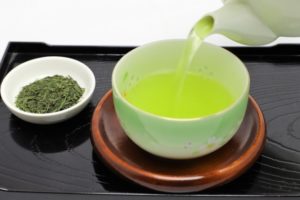Kofun are ancient burial mounds for early emperors and members of powerful clans. They were built from the second half of the 3rd century to the 7th century. This era is called the Kofun period.
The most typical kofun are keyhole-shaped mounds. Around the mounds, regardless of their shape, clay figures called haniwa were placed to decorate and protect the mounds. There were many kinds of haniwa, including those of humans, horses, houses and boats.
There are many remains of kofun all over Japan. Particularly, the Goshikizuka Kofun in Hyogo (picture above) and the Daisen Kofun in Osaka are famous.
The Daisen Kofun is one of the largest tombs in the world. It was built in the 5th century. It is 486 meters long and 305 meters wide.







